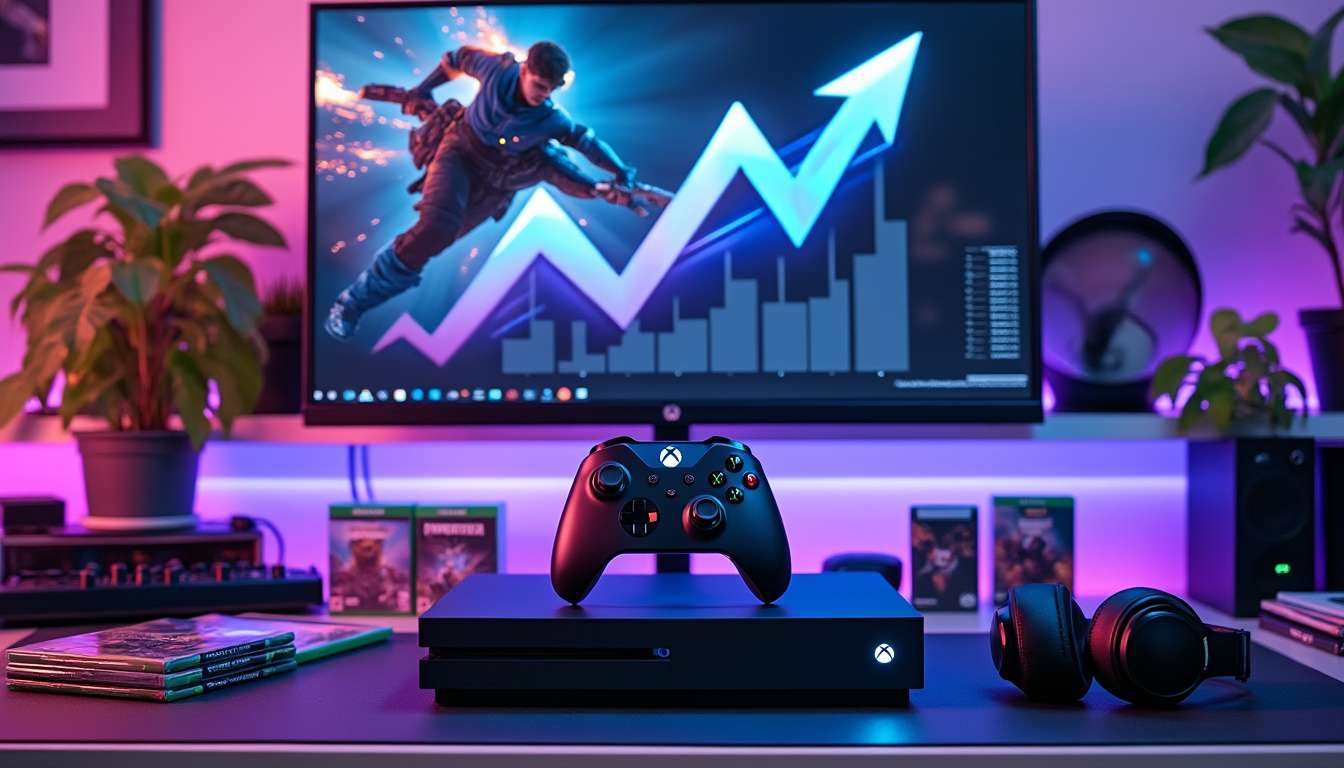As the 2025 holiday season looms, Microsoft has once again raised console prices in the US, widening a trend that started earlier this year. The move comes as Xbox price bumps ripple through the market, alongside adjustments from competitors like Sony and Nintendo, and it could influence how shoppers allocate their budgets at retailers such as GameStop, Walmart, and Best Buy. This update matters for gamers weighing the value of the latest hardware against ongoing service options and PC ecosystems led by Valve and cloud platforms on Amazon. With tariffs, inflation, and supply-chain pressures still shaping costs, the price hike may prompt a broader rethink of how, where, and when to upgrade. Below, we unpack what’s changing, why it’s happening, and what it means for your next purchase in 2025.
Why Microsoft Is Raising Console Prices Again In the US This Holiday Season
The new price levels take effect on October 3 and follow an earlier global adjustment Microsoft enacted earlier in the year. The company cited macroeconomic factors and tariff-related costs as drivers behind the increases, a rationale echoed by competitors facing similar pressures. In practical terms, this means the Xbox Series X and Series S, along with bundles and certain editions, will carry higher sticker prices at major retailers and online stores across the US. For gamers, the decision translates into tighter short-term budgets and a stronger incentive to hunt bundles, limited editions, or seasonal promos.
- Budget planning gets tighter: expect higher upfront costs for the standard bundles and special editions.
- Deals become more valuable: retailers will likely lean into time-limited offers around Black Friday and post-holiday sales.
- Marketplace shifts possible: some shoppers may consider alternatives such as PC gaming or handheld options if price gaps widen.
- Retailer competition intensifies: price matching and bundle incentives from Walmart, Best Buy, and Amazon become more important.
- Industry signals: the move tightens the dynamic between Xbox, PlayStation, and Nintendo in 2025’s price-sensitive environment.
Market Response: Retailers, Deals, and the Competitive Landscape
Retailers and accessory makers are tightening their strategies in response to higher console costs. Analysts expect GameStop, Walmart, and Best Buy to emphasize promotions, memberships, and exclusive bundles to keep traffic steady. The price gap between Xbox and competing platforms from Sony and Nintendo could widen, pushing some shoppers toward Amazon deals or refurbished options. The broader ecosystem—encompassing Valve PC services and Game Pass investments—remains a critical factor in how consumers justify upgrades amidust rising sticker prices.
- Promotions and bundles become a core tool for retailers trying to soften the impact of price increases.
- 店頭 and online exclusives may swing early-season purchases toward certain SKUs or editions.
- Trade-ins and refurbished programs could see renewed interest as consumers seek value.
- Consumers compare across platforms—Xbox vs. PlayStation vs. Nintendo—before committing.
- Streaming and subscription options (e.g., Xbox Game Pass) influence long-term value calculations for owners and newcomers alike.
Where To Find The Best Deals And How To Decide Between Consoles
With prices rising again, shoppers should be strategic about when and where they buy. If you’re leaning toward an upgrade this holiday, track bundles, seasonal promos, and retailer-specific offers. Consider long-term value, including Xbox Game Pass availability and cross-platform ownership. For those weighing options, comparing the long-term costs of Xbox versus PlayStation and Nintendo can help determine the best fit for gaming habits, game library, and preferred ecosystems. You’ll also want to keep an eye on the broader market signals and trade-offs between hardware upgrades, accessories, and service plans across major retailers and marketplaces.
- Amazon Gaming Week Deals — monitor ongoing promos for bundles and add-ons.
- Decline in Video Game Consoles — context on broader pricing pressures and how to time purchases.
- Biggest Bargains: Console & PC Games — maximize value with game sales alongside hardware deals.
- Xbox Gaming on PC Rumors — potential cross-platform value to weigh against hardware upgrades.
- Is Xbox Series X Game Pass Worth It? — evaluate subscription value against hardware costs.
Notes for readers: In this pricing climate, Microsoft’s strategy sits alongside actions from Sony and Nintendo. Consumers should consider how Valve and online services factor into the decision, and what this means for purchases at GameStop, Walmart, Best Buy, and Amazon. Stay informed via official posts and trusted gaming outlets to balance upfront costs with long-term value.
Frequently Asked Questions
- Will Microsoft’s price increase affect only hardware, or will software and services follow? The current changes focus on hardware pricing, but publishers and services can adjust over time. Monitor official statements and general market trends to anticipate any shifts in Xbox Game Pass or first-party games.
- How should I decide between buying now or waiting for a sale? If you can time purchases around major promos from retailers like Walmart, Best Buy, or Amazon, you may reduce the effective cost. Bundles and extended warranties can also improve value in a price-up year.
- Do these price changes mean I should consider Nintendo or PlayStation instead? Price dynamics vary by platform and game library. If you prioritize exclusive titles or specific ecosystems, a platform switch could still be the right move despite higher hardware costs.
- Where can I find reliable price-tracking and deal information? Look to established outlets and price-tracking guides, plus retailer promos. Useful links include the sources listed above and ongoing coverage from major gaming outlets.
